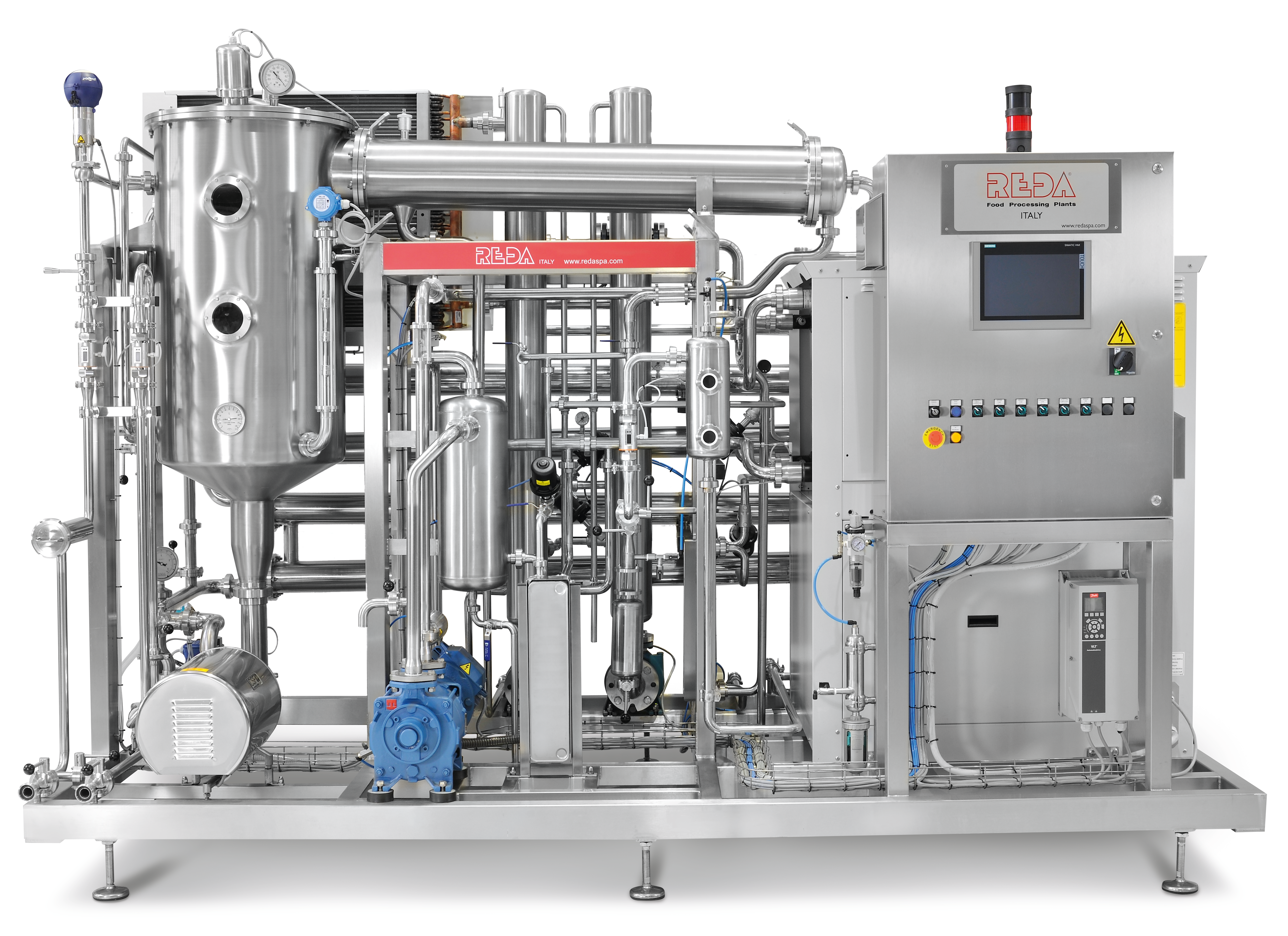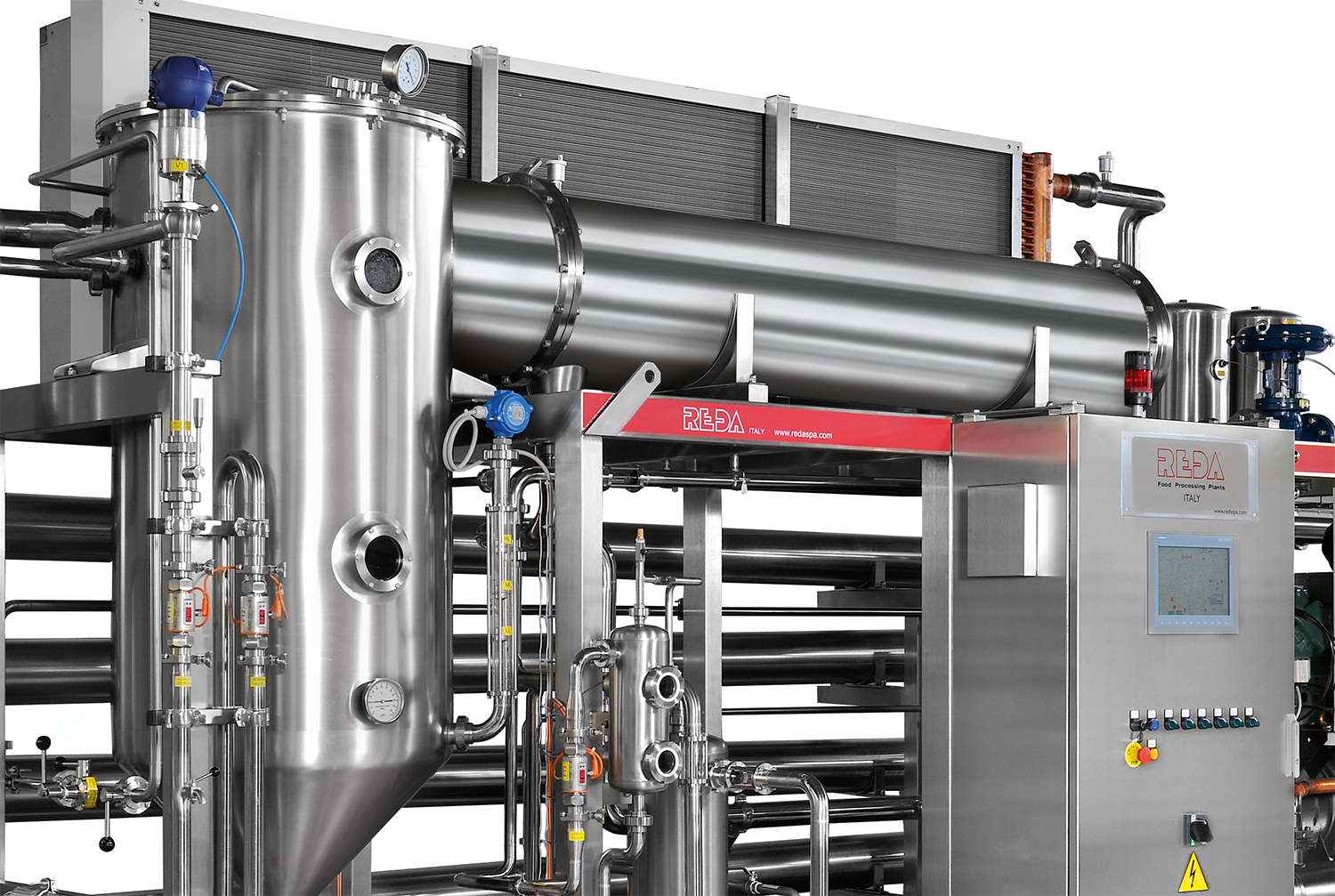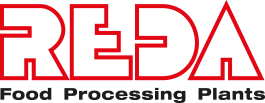Wine dealcoholization: techniques and benefits
In recent years, the wine market has experienced significant growth in demand for low-alcohol and completely dealcoholized wines.
This evolving trend is driven by:
- a growing community of health-conscious consumers.
- increasingly stringent alcohol regulations.
- a broader interest in enhancing wine consumption opportunities
What is wine dealcoholization?
Wine dealcoholization is the process of removing alcohol from wine using specific techniques. The primary goal is to produce wines with moderate alcohol content (10-12% vol.) or to almost completely remove alcohol, creating NoLo wines (‘no’ and ‘low’ alcohol).
The challenges of dealcoholization
Dealcoholization is a complex process that impacts not only the alcohol content but also the:
- organoleptic characteristics – affecting aroma and taste.
- stability – ensuring wine maintains its original quality.
- identity – preserving the essence of the wine.
The role of alcohol in wine
Alcohol plays a crucial role in wine by contributing to:
- body and mouthfeel – enhancing texture and richness.
- perception of warmth – influencing taste balance.
- overall structure – shaping the aroma and complexity.
Reducing alcohol content without compromising wine quality requires expertise in oenological processes and precise winemaking techniques.

How is wine dealcoholized?
There are two main techniques for removing ethanol from wine. These can be used individually or in combination:
1. Vaccum evaporation (low-temperature distillation)
This method involves evaporating the alcoholic fraction at low temperatures, ensuring minimal loss of aroma and flavor.
2. Reverse osmosis (membrane filtration)
This technique uses semi-permeable membranes to separate alcohol and water while preserving heavier wine components such as polyphenols and aromatic compounds.
Each method has unique benefits:
- membrane technology offers lower operating costs.
- evaporation allows for a more concentrated alcohol fraction extraction.
At REDA, we provide both technologies, allowing producers to choose the best option for their needs.
These methods can be used separately or combined for optimal results.
1. Low-temperature evaporation: a highly efficient process
Low-temperature evaporation is widely used for reducing wine’s alcohol content while maintaining its structure and organoleptic characteristics.
How it works:
- uses controlled vacuum evaporation at 25°C.
- enables partial or total dealcoholization.
- ensures aromatic fraction recovery, preventing loss of essential flavors
Low-temperature evaporation: a highly efficient process
- suitable for wines at any fermentation stage.
- rapid cold distillation in a single step with fully automatic operation.
- alcohol extraction can be adjusted for low (1-2%) or high (50-60%) alcohol removal.
- residual alcohol can be reduced to 0.15-0.25%.
- selective treatment: Only 10-20% of the total volume needs treatment, preserving the original characteristics of the remaining 80-90%.
- no need for pre-treatment or pre-filtration.
CM50-100-200: Capable of extracting 50-100-200 l/h of condensate.

Low-temperature evaporation: a highly efficient process

2. Reverse osmosis: advanced membrane filtration
Reverse osmosis technology ensures that essential wine components are preserved while removing alcohol efficiently.
How it works:
Uses nanofiltration membranes at high pressure.
- separates phenolic and aromatic compounds before alcohol removal.
- preserves these components and reintegrates them after alcohol extraction.
- adjustments in sugar dosage and acidity can mimic the mouthfeel of alcohol
REDA reverse osmosis models:
- RR04-RR06-RR08-RR12: Offering 700-1000-1400-2000 l/h permeate extraction

Contact us for more information
Looking for customized dealcoholization solutions? Contact us for more details on our technologies and models
